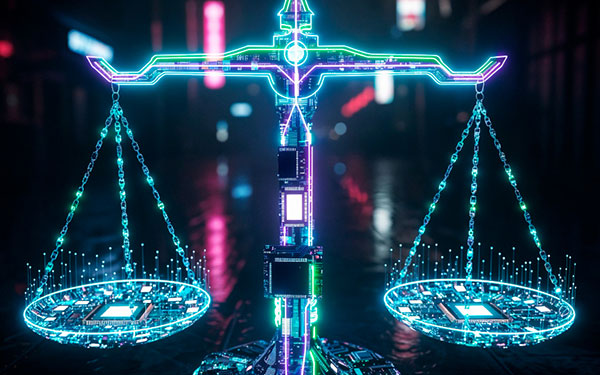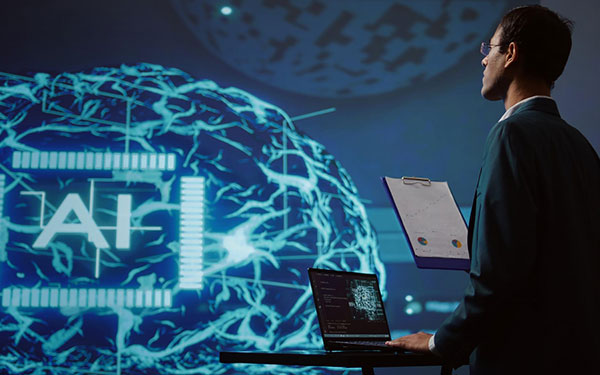“It’s not that you RAG, it’s where and how you RAG.”
That single line from Laina Chan, award-winning barrister and CEO of MiAi Law, encapsulates a profound shift taking place in legal technology.
In a recent episode of Xraised, host Myles sat down with Laina to explore the inner workings of retrieval augmented generation, better known as RAG, and how this technology, when combined with genuine legal reasoning, is transforming the way lawyers access and trust information.
Most general-purpose AI systems, like ChatGPT or, are built to search the open web. They pull data from blogs, commentary, firm posts, and articles that often summarize or interpret the law rather than present it in its raw form. That approach may suffice for everyday questions, but in the legal field, where accuracy and authority are everything, “close enough” simply isn’t enough.
MiAi Law takes a fundamentally different path. Instead of scanning the entire internet, its system retrieves information solely from a curated network of primary legal sources such as cases, legislation, and regulations. It doesn’t rely on summaries or opinions; it relies on the law itself. The result is an AI that doesn’t just provide answers, but answers that can stand up to scrutiny.
As Laina explained in the conversation, MiAi Law’s design is about combining retrieval with reasoning. “Our system gathers a basket of authorities, filters out what’s irrelevant, applies structured reasoning, and presents a transparent chain of logic that any lawyer can verify.” That clarity of process is what makes the platform unique. RAG retrieves, but it’s the legal reasoning framework layered on top that convinces.
Unlike generic AI models that depend on built-in algorithms to decide what information is relevant, MiAi Law overrides those defaults. It teaches the AI how to think like a lawyer, not just to predict text, but to reason, analyze, and prioritize based on legal logic. Every stage of the process is coded with intentionality, ensuring that the system filters, ranks, and applies sources with the same care and structure a human barrister would.
Laina is candid about one of the most persistent challenges in artificial intelligence: hallucinations. No AI can claim to eliminate them entirely, but MiAi Law minimizes the risk by design. “It’s not RAG itself that ensures accuracy,” she said. “It’s what happens behind the scenes, the checks, balances, and reasoning patterns we build into it.” By embedding legal methodology into the architecture, MiAi Law reduces the likelihood of hallucinations to a negligible level without sacrificing speed or accessibility.
Another key advantage of MiAi Law’s model is its ability to keep pace with an ever-changing legal landscape. Case law evolves rapidly, and yesterday’s precedent can be overturned today. MiAi Law’s system is continuously connected to up-to-date legal databases, meaning the information it retrieves reflects the most recent developments in the courts. In effect, it turns legal research into a real-time process rather than a static search.
Despite this innovation, Laina is quick to acknowledge the value of existing legal databases like LexisNexis and Thomson Reuters, describing them as “fantastic.” But she makes an important distinction: “The differentiator isn’t the input, it’s the methodology. The database can be brilliant, but without embedded legal reasoning, RAG alone can’t guarantee reliability.”
That statement underscores what MiAi Law truly represents, a move from automation to authentic intelligence. The platform doesn’t simply retrieve legal materials; it processes them through a structured reasoning engine that mirrors how a lawyer would approach a problem. The output isn’t a shallow summary with citations tacked on; it’s a fully transparent analysis that shows how each conclusion was reached and which authorities were relied upon. It’s AI that shows its work, in a way that professionals can review, trust, and defend.
During the episode, Myles reflected that in any business, “the quality of your output
depends on the quality and credibility of your inputs.” Laina agreed, but refined the thought further. “The inputs can be excellent,” she said. “What matters is embedding legal methodology into how you use them. That’s what makes the difference.”
The conversation left one thing clear: the future of legal AI isn’t just about retrieving data faster, it’s about reasoning better. By fusing retrieval with legal logic, MiAi Law offers a glimpse into a future where technology doesn’t replace expertise but reinforces it. It’s a system built not merely to answer, but to understand, and that distinction could define the next generation of legal research.
For lawyers, law firms, and in-house counsel seeking a way to conduct faster, more accurate, and evidence-based research, MiAi Law delivers something increasingly rare in the age of AI: confidence. Because when technology learns to reason with the same discipline as the legal mind, precision and trust no longer have to be opposites, they become the standard.
Visit MiAi.Law to learn more about how this technology is reshaping the future of intelligent, reliable legal research.



